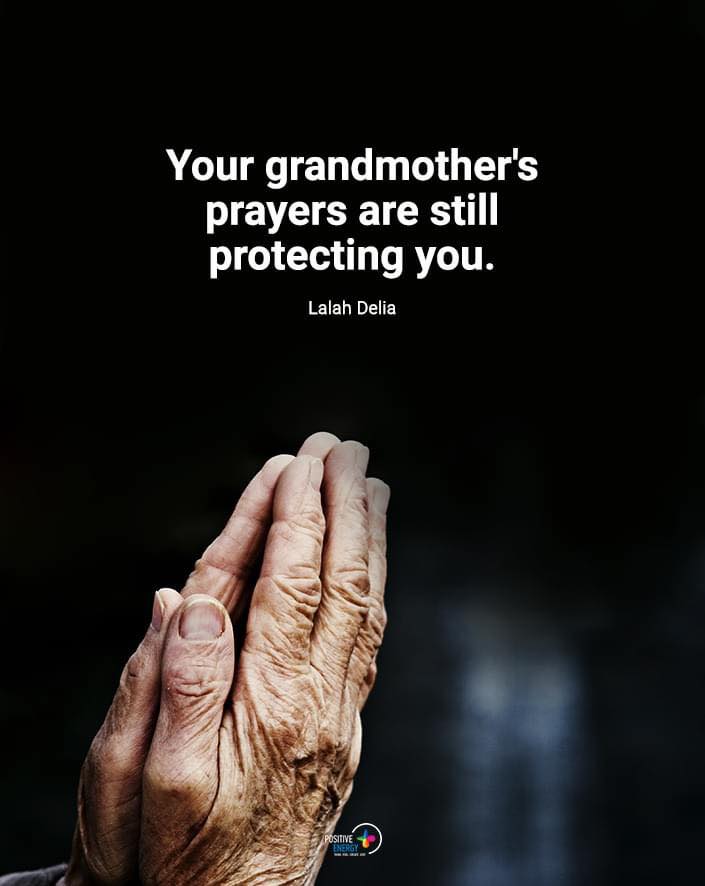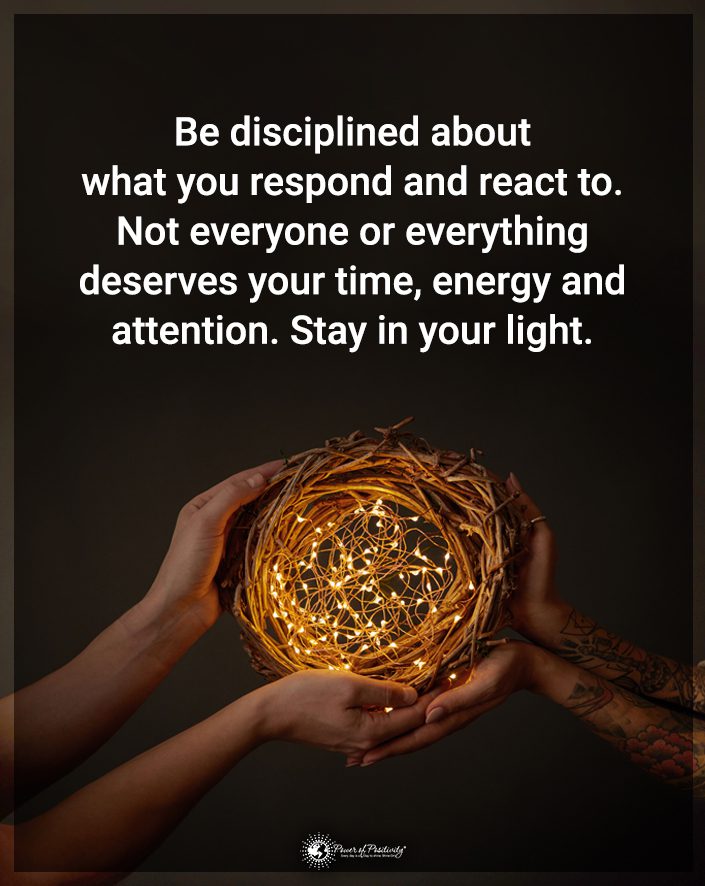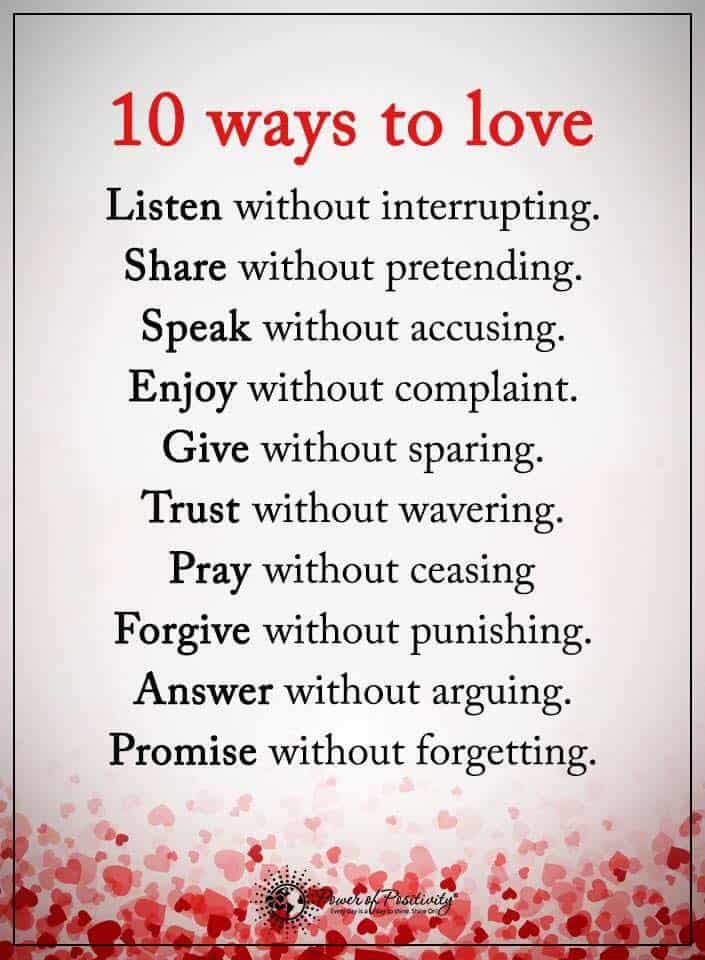Know these signs of an angelic messenger.
Have you ever felt a sudden, inexplicable sense of peace in solitude? Or experienced a recurring dream that carried a message beyond your understanding? Often dismissed as mere coincidences or figments of our imagination, these moments might be far more significant. In fact, they could be angelic spiritual messages.
In a world that’s increasingly connected and yet, paradoxically, often leaves us feeling disconnected from our deeper selves and each other, understanding these spiritual messages can be a key to personal growth and well-being. These communications, often subtle and gentle, may come from a higher realm – from angels and positive spirits. These beings guide us, offering comfort, insights, and reassurance when we need it the most.
This article explores these angelic communications, focusing on the signs suggesting we receive messages from a realm transcending our everyday reality.
Ten Signs of an Angelic Spiritual Message

Sign 1: Unexplained Feelings of Comfort and Reassurance
Imagine going through a rough patch – feeling lost, confused, or grieving. Suddenly, out of nowhere, you’re enveloped by a feeling of warmth and comfort. It’s as if an invisible cloak of peace has been draped over your shoulders. This unexplained feeling of comfort and reassurance can be a powerful sign of spiritual messages.
These feelings often arrive when you least expect them but need them the most. They are like silent whispers from the universe, telling you that you are not alone but loved and watched over. This sense of comfort can be the presence of your guardian angel or spiritual guide, offering solace and a reminder that you are part of a larger, loving universe.
Sign 2: Recurring Dreams or Visions Could Be Spiritual Messages
Recurring dreams or visions are another sign that you might receive spiritual messages. These aren’t your run-of-the-mill dreams. They are often vivid, memorable, and charged with emotion or symbolism. You might dream of a deceased loved one offering advice or see symbols that hold personal significance repeatedly appearing in your dreams.
These dreams are significant because they can guide or clarify issues we grapple with in our waking lives. The key is to pay attention to the patterns and symbols within these dreams. They are often filled with metaphors and messages that our subconscious, in tune with the spiritual realm, tries to communicate to our conscious mind.
Sign 3: Sudden Insights or Epiphanies May Be Angelic
Ever had a moment where a solution to a long-standing problem suddenly popped into your mind? Or a sudden realization about a life situation you hadn’t considered before? These moments of sudden insights or epiphanies can be manifestations of spiritual messages.
These ‘aha’ moments are often unexpected and can provide profound clarity and understanding. They are like puzzle pieces falling into place, revealing a bigger picture previously hidden. These insights are influenced by our intuitive thinking, a deep-seated wisdom that is connected to the spiritual guidance we receive. They are reminders that, sometimes, the answers we seek are already within us, waiting to be discovered through a connection to the spiritual realm.
Sign 3: Sudden Insights or Epiphanies
Have you ever experienced a moment where a profound insight or solution hits you out of the blue? These sudden realizations, often called ‘aha’ moments, can be more than random thoughts. They might be spiritual communications, guiding you towards a path you hadn’t seen before. These insights often come when you’re not actively trying to solve a problem, perhaps while walking or just before you drift off to sleep.
This phenomenon ties closely to intuitive thinking, which taps into a deeper, more subconscious level of our minds. It’s like a gentle nudge from the universe or a guardian angel whisper directing you toward a realization that aligns with your spiritual path. These epiphanies can be life-changing, offering clarity and direction that transcend ordinary reasoning.
Sign 4: Feeling a Presence That Carries a Spiritual Message
Sometimes, you might feel a presence around you, even when there’s no one else in the room. This sensation, often described as feeling watched over or not alone, could signify spiritual communication. It’s as if a guardian angel or a spiritual guide is near, offering their protection and support.
This feeling of an unseen presence can be particularly strong during moments of solitude or need. It’s a comforting reminder that we are connected to something greater than ourselves and have spiritual allies looking out for us. This connection can manifest as warmth, a gentle touch, or an inexplicable sense of being cared for.

Sign 5: Finding Objects or Symbols Repeatedly
Ever noticed a particular object or symbol appearing repeatedly in your life? It could be a specific number, a type of bird, or a pattern you keep seeing. These repeated encounters aren’t mere coincidences; they might be messages from the spiritual realm.
Symbols have been a form of communication for centuries, carrying deep meanings across various cultures and belief systems. When these symbols appear repeatedly, they convey a message from the spiritual world, guiding you toward a realization or action. Understanding the significance of these symbols often requires reflection and an openness to the messages being sent.
Sign 6: Unexplained Physical Sensations
Physical sensations, such as goosebumps, a sudden shiver, or a feeling of warmth enveloping you, can be indicators of angelic spiritual messages. These sensations often respond to thoughts, situations, prayers, or meditations.
These physical responses can be interpreted as your body’s way of acknowledging the presence of spiritual energy. It’s as if your physical self is resonating with the vibrations of the spiritual realm, creating a bridge between the tangible and the ethereal. Such sensations remind us of the deep connection between our physical and spiritual selves.
Sign 7: Animals Behaving Unusually Around You
Animals are often more attuned to spiritual energies than humans. Seeing animals behaving unusually around you might mean spiritual guides are present with a message. For example, a bird repeatedly coming to your window or a cat fixating on a space.
These behaviors suggest that animals sense something beyond the ordinary, possibly picking up on spiritual presences or energies. In many spiritual traditions, animals are seen as messengers or guides, helping us connect with the spiritual world and understand the messages sent to us. Observing and reflecting on these unusual animal behaviors can provide insights into the spiritual communications around us.
Sign 8: Synchronicities and Coincidences Can Be an Angelic Message
Synchronicities and coincidences are often dismissed as mere chance. However, they can be significant spiritual messages. These are meaningful coincidences where unrelated events are connected profoundly and often inexplicably. For instance, think of someone and then unexpectedly run into them or come across a book addressing the exact problem you’ve been pondering.
These events serve as gentle nudges from the universe, urging you to pay attention. They are like breadcrumbs on your life’s path, guiding you toward your destiny or providing answers to your innermost questions. Recognizing and interpreting these synchronicities requires a mindful awareness of the patterns and connections in your life. They remind us that there’s a deeper order and purpose to our experiences.
Sign 9: Hearing Music or Sounds Can Be Spiritual Messages
Have you ever heard a piece of music or a specific sound that instantly evoked a strong emotional or spiritual response? Hearing particular sounds, music, or even voices others can’t hear can signify angelic communication. This might manifest as hearing a meaningful song at the right moment or a sound that brings peace or nostalgia.
These auditory experiences are deeply connected to our emotions and spiritual state. They can be comforting, reassuring, or even a call to action. Sounds and music are universal languages that can transcend the physical world, connecting us to the spiritual and evoking memories and feelings that guide and inspire us.
Sign 10: A Sense of Knowing or Connection May Reveal Spiritual Messages
Sometimes, you may experience a profound sense of knowing or connection that you cannot explain logically. It’s an intuitive understanding that goes beyond mere facts or reasoning. This deep sense of knowing can relate to situations, future events, or understanding others’ unspoken feelings.
This sign points towards a connection with the universal consciousness and an awareness transcending our everyday experience. It’s a reminder that we are all interconnected in the vast tapestry of existence and that our intuition is a powerful tool for connecting with this greater truth.
Bonus Sign: Familiar Fragrances of a Loved One
Angels are not always beings who know you in the physical world. But when someone who knew and loved you carries a message for you, you may experience this.
Encountering a familiar fragrance that reminds you of a loved one who has passed away can be a profound spiritual message. It could be a whiff of their perfume, the smell of their favorite dish, or any scent closely associated with them. This experience often occurs when there’s no logical source for the fragrance nearby.
This sign connects closely to memories and our enduring spiritual connection with those who have passed. It can be a comforting reminder that love and connection transcend physical boundaries and that our loved ones are still with us in spirit.
Final Thoughts on Recognizing Spiritual Messages From Angels
Recognizing the signs of receiving angelic spiritual messages can open your heart and mind to a deeper understanding of the universe and your place. These signs are all around us, from unexplained feelings of comfort and recurring dreams to the profound sense of knowing and familiar fragrances.
Being open to these experiences and trusting your intuition when they occur can deepen your spiritual journey and connect you more closely with the world beyond the physical. Remember, these messages are often subtle and require a tuned-in awareness. So take a moment, listen closely, and you might find the universe is speaking directly to you.





















